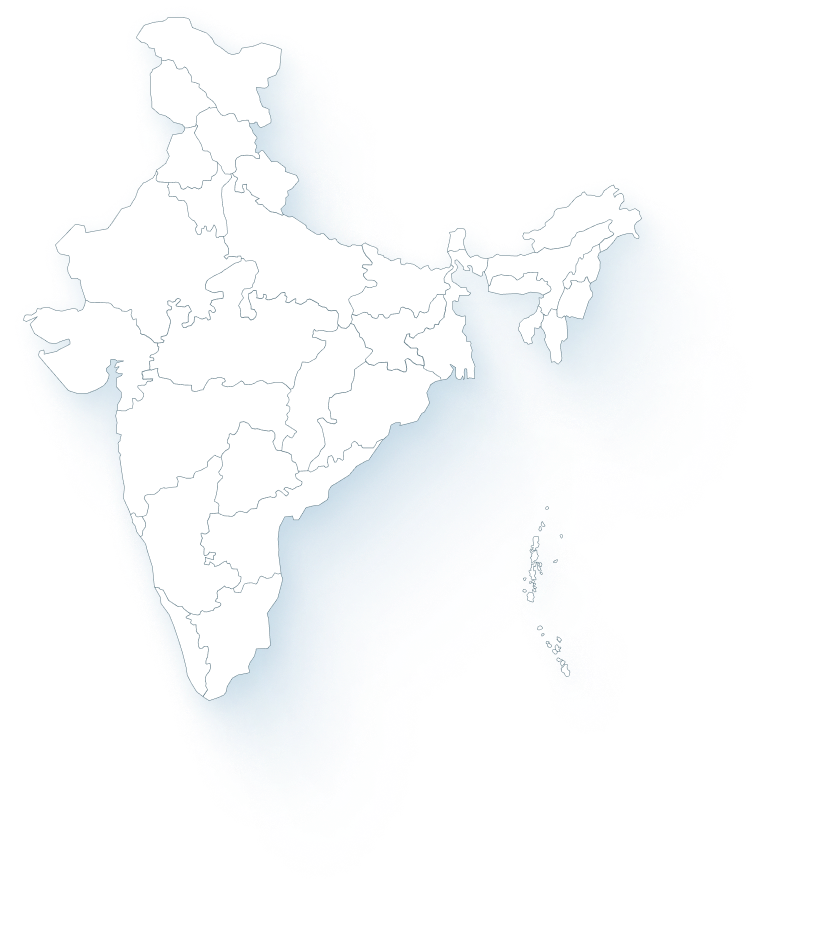The journey from 2022 till 2047 is being referred to as the ‘Amrit Kaal,’ a term primarily coined by Hon Prime Minister Shri Narendra Modi. Amrit Kaal is the period to attain the resolutions for ‘AatmaNirbhar Bharat.’ Therefore, the action plan for the next 25 years shall focus solely on the vision for India in 2047.

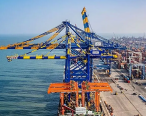
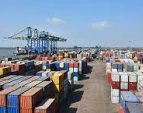
The dynamic economic landscape of India, where innovation, diversity, and growth intersect to shape a compelling narrative of progress and opportunity.



The budget contains a number of announcements and strategies indicating the approach for making India a Viksit Bharat by 2047. It continues the government’s efforts to accelerate growth, secure inclusive development, invigorate private sector investments, uplift household sentiments, and enhance the spending power of India’s rising middle class.


























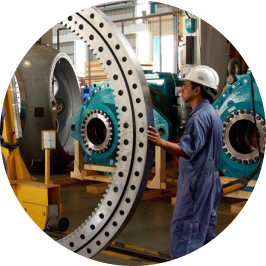











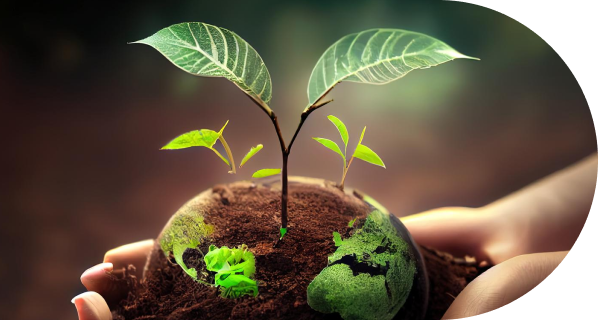
To support clean tech manufacturing in small, medium and large industries to improve domestic value addition and build an ecosystem for solar PV cells, EV batteries, motors and controllers, electrolysers, wind turbines, very high voltage transmission equipment and grid-scale batteries.
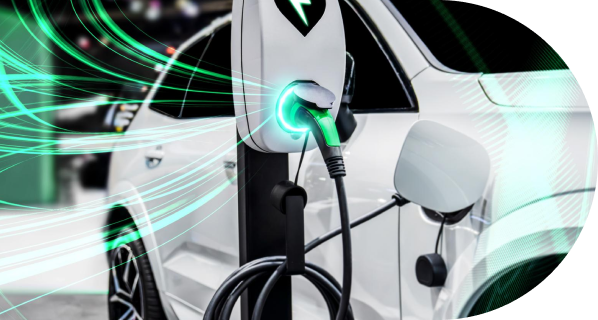
Promotion of the manufacturing and adoption of Electric Vehicles by providing subsidies to make them more affordable for consumers.

Promotion of sustainable agriculture to ensure long-term food security, environmental well-being, and farmer livelihoods.
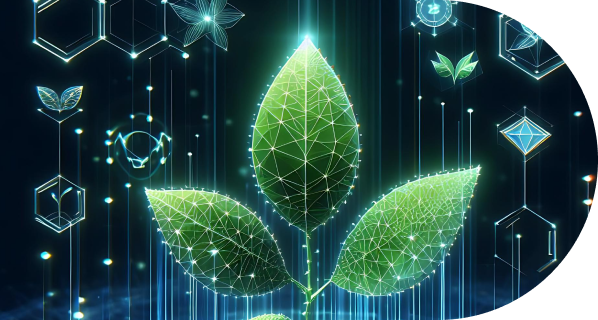
Encouraging investments in green technologies and infrastructure projects through green bonds, investment products, regulatory measures and frameworks, and international collaborations.


